The city of Chernobyl, Ukraine (when still a part of erstwhile Soviet Republic) was in the news, in the late part of the 20th century, for all the wrong reasons. Before the Chernobyl disaster of 1986, hardly few people outside Ukraine had heard about the city and mentioning the name of the city, would be met with just one question. Where is Chernobyl? But the city had long existed in some form or another, with its ancient historical records going back to the period of Kievan Rus. However, it was the nuclear power plant which was built in 1977 (the first reactor) in the city, which was a still part of Soviet Union, that would bring the city into the focus of the modern world.
The power plant (consisting of 4 reactors) was located approximately 18 kilometers from the city of Chernobyl & around 16 km from the border of Belarus and Ukraine. Kiev (or Kyiv), the capital and most populous city of Ukraine, was relatively at a greater distance of 100 km. The construction of the nuclear power plant started in 1970. Nearby construction of another city – the city of Pripyat, was also started around the same time, to house the workers. By the time disaster struck, the town had a population of around 50,000. In the nuclear plant, the construction of the reactors – numbered 1,2,3,4 were completed in the year – 1977, 1978, 1981,1983 respectively.
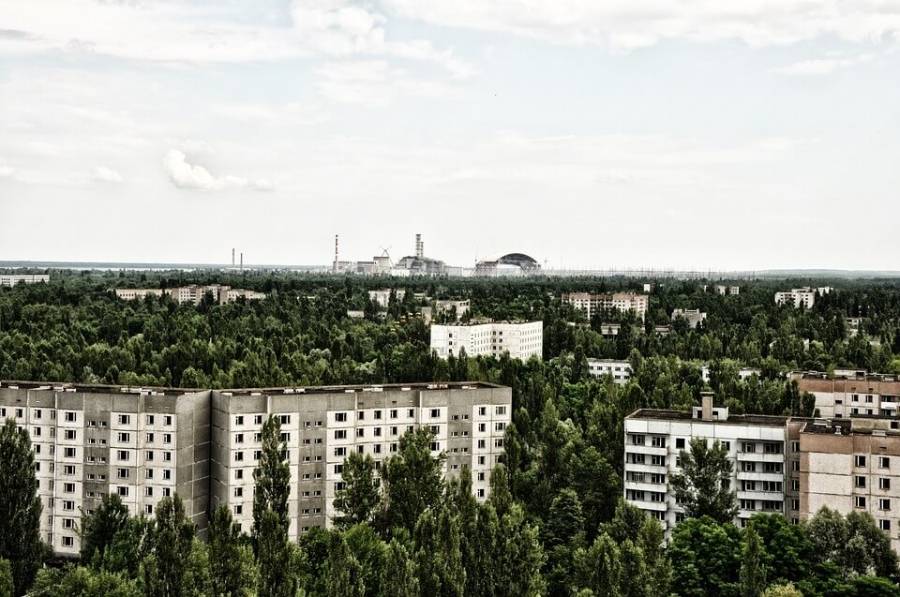
The nuclear power plant was of RBMK type of reactor. Reactor 1 & 2 were of generation I and reactor 3 & 4 were generation II reactor. The plant was the 3rd of its type of power plant in the Soviet Union and the first one on Ukrainian soil. Two more reactors were designed – numbers 5 & 6 which were also planned to be integrated into the nuclear power plant, as additional functional units, when Chernobyl disaster of 1986 took place. Reactor 5 was almost 70% complete at the time of Chernobyl accident and was supposed to become active 6 months later. However, the Chernobyl accident forced the authorities to cancel these plans and the additional units never became functional.
What happened in Chernobyl on 26 April 1986, had never occurred before and hence was clearly not anticipated. A bustling township of 14,000 people; it was vacated after Chernobyl disaster of 1986. There were many inquiries undertaken to find out what had gone wrong, and the following were the observations of the World Nuclear Association regarding – How did Chernobyl happen?
Chernobyl disaster’s date of 26 April 1986, would go down in infamy in the history of nuclear power development. The problem started in the early morning at 1:23:58 a.m. in the reactor number 4, where workers were conducting tests to ascertain if the turbines were capable in providing enough energy, to keep the coolant pumps functional in case there was a power cut, till the emergency generator took over. Test like this had been unsuccessful before.
Taking safety concerns into account, the workers had decreased the capacity of the reactor to 25% of its original limit. However, an unforeseen drop of power to 1% was the first hint of the problem. The workers tried to increase the power as a remedial measure, but the next problem, what occurred was exactly opposite to what had happened earlier – the power increased tremendously.
The emergency shut down of the reactor failed to do the job it was designated for. The instability of the reactor further increased. Steam was formed as cold water came in contact with hot fuel, which could not get out. The result was a tremendous increase in pressure, because of which a 1000-ton lid was forcefully lifted & which initiated the radiation leak.
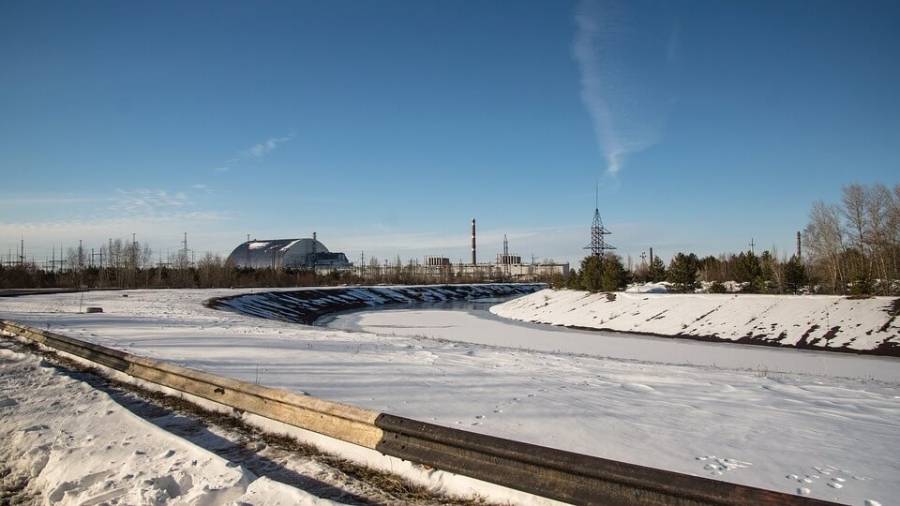
As air entered the reactor, a big fire was created. Hot steam coming in contact with Zirconium created free hydrogen. A 2nd explosion soon followed (which was greater than the first one), and debris was flying everywhere as the fire spread. Soon there was a total power blackout (except what was provided by the batteries) and all the phones went dead.
Dust was flying all around, and a man who had died because of the explosion had his body covered with the debris. The panicking worker began to flee from the scene. The fire started due to the burning of fuel began to spread, as radiation began to spread in the atmosphere. Firefighters soon reached the scene to extinguish the fire, but they had no idea about radiation level in Chernobyl or the threat it created to them and others.
The explosion at the Chernobyl plant released radiation that was almost 400 times to the atom bomb dropped at Hiroshima. Great parts of Ukraine, Belarus, and Russia were affected. Later on, authorities would build a concrete dome to enclose the doomed reactor to contain the radiation along with a 2,600 square kilometers of the exclusion zone around the accident site where no people were allowed.
As the sun rose in the morning, most people around were still ignorant about the extent of damage, knowing only about an accidental fire in the plant. There was no information around regarding the escaping radioactivity or the possibility of its harmful effects. The children went to school, younger ones played normally, and the people moved around the streets. However, the roads were covered in white foamy liquid and water.
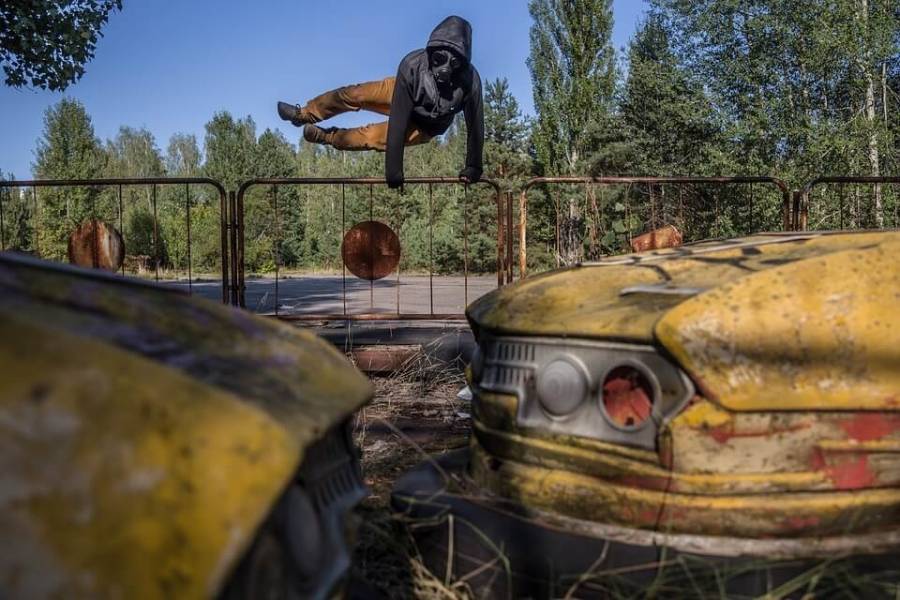
Many trees in the surrounding woodlands were killed from the radiation, and the region later became famously known as Red Forest (due to ginger brown color of the dead pine trees). The birds living in the forests also developed deformities like – smaller brains, deformed feet and plumage, and abnormal tumors. Even cows born after the disaster at Chernobyl were born with radioactive mutations.
Steps were taken by authorities to extinguish the fire in the reactor and stop the spread of radioactivity. Helicopters were brought in, who dropped thousands of tons of sand, clay, dolomite, and boron to achieve the above-mentioned goal. For many days, a large number of radioactive substances began to spread through the air. These radioactive dust spread far and wide (up to Sweden) due to the strong winds. The only thing that was positive about the whole situation was that most of the radiation leak possible was minimized by actions of a few heroes, who risked their lives, for saving millions of other people, they didn’t even know.
The deaths from Chernobyl disaster would have been certainly much higher, had it not been for the courage of a heroic trio and thousands of unnamed liquidators. Below the reactor, to serve as a coolant was a huge pool of water. If the hot radioactive metal reached this pool of water another massive explosion would have been caused, which would have caused tremendous damage, with a great probability of destruction of the entire power station, including the other three non-involved reactors.
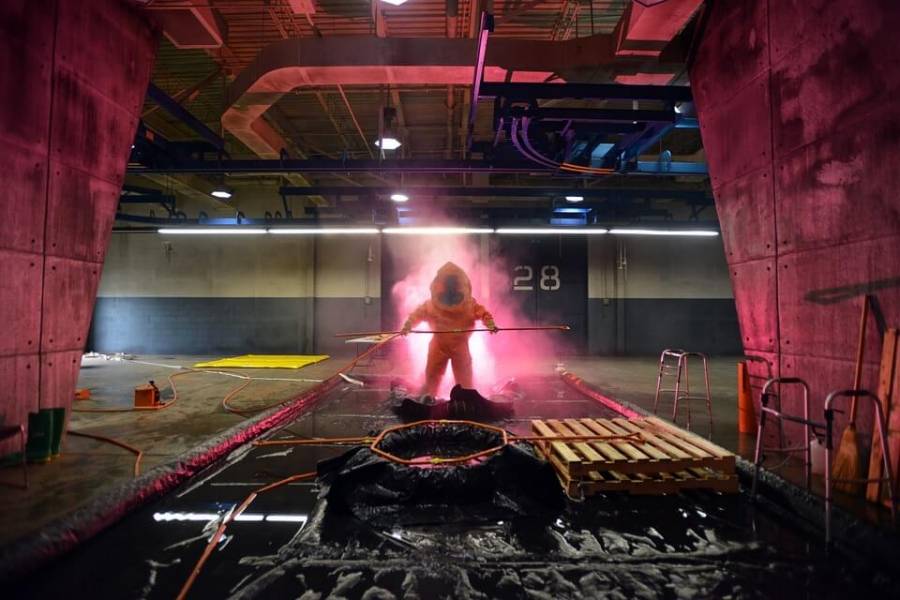
Such an explosion had the potential of causing massive damage even in other neighboring countries with half of Europe being wiped out (assessment by School of Russian and Asian Studies), with these areas becoming unsuitable for human habitation for thousands of years to come.
It was very highly obvious that the water pool had to be drained. However, this was easier said than done. There were more than 18 million liters of water in the pool and the pitch black & badly damaged basement having the gate valve for draining the water, was itself flooded, making it very difficult to find the valve.
Firefighters had already tried to empty the pool using specialized hoses (in which many plant workers also helped them) with limited success. However, 3 people present in the scene (a senior engineer, a - mid-level engineer & a shift supervisor) volunteered to take up this risky responsibility (a suicide mission, to be more accurate) to open the valve in the radiation filled room. They donned up in wetsuits to venture into the water-filled basement having a massive network of pipes and valves.
Finding the right gate valve certainly wouldn’t have been easy. This was a very difficult endeavor and was akin to searching for a needle in a haystack. However, luck did favor the brave souls, as the searchlight beam fell on the pipe, which led to the correct valve. Twisting open the valve, made the water rush out and emptied the water from the tank pretty soon. As the heroic trio emerged out victorious, they were cheered by the people present on the scene. Europe would have suffered from irreparable damage, if Alexei Ananenko, Valeri Bezpalov (plant engineers) and Boris Baranov (shift supervisor) hadn’t risked their own lives to save millions of other people from dying.
As has been often said that fortune favors the brave and destiny was kind to those three brave hearts. In spite of facing a severe amount of exposure, they did not die of Acute Radiation Syndrome (ARS), as most suspected that they would. Boris Baranov died in 2005 of a cause unrelated to the accident and was awarded state award for bravery (posthumously) along with Alexei Ananenko and Valeri Bezpalov, by the Ukrainian President Petro Poroshenko in April 2018.
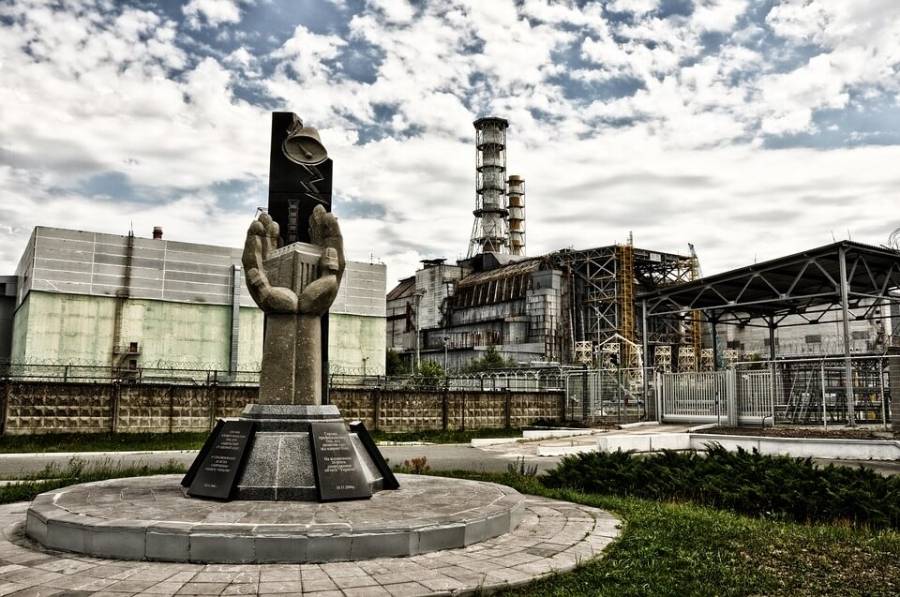
Besides the 3 above-named heroes, there were also many unnamed people, who also risked their lives and played a very important role in cleaning up the place, both during the disaster and afterward. These people are known as – Liquidators numbered in thousands & came from different parts of the Soviet Republic. According to some controversial reports, thousands of these liquidators, from Russia, Ukraine & Belarus died or later became disabled, due to the effects of the radiation that they suffered.
Chernobyl death figures remain a controversial issue because of the vested interest of different organizations involved. However, of the Chernobyl disaster deaths, it is believed that initial explosion was responsible for causing the death of 31 people (2 at the scene and 29 firefighters), with another 50 people (mostly rescue workers) dying due to extreme radiation exposure (as per WHO).
Certain sources from WHO maintains that the radiation released may have been responsible for the death of another 4000 people. However, a report in Guardian, mentions that deputy head of National Commission for Radiation Protection in Ukraine – Nikolai Omelyanets had claimed that half a million of 2 million people, officially categorized as victims of the disaster have already died.
The WHO also maintains that of the thousands of unsuspecting people exposed to radiation on the fateful day do have increased possibility of developing cancers. Especially in areas of Ukraine and Belarus, many young children developed Thyroid cancer due to exposure to radioactivity. Incidence of Thyroid cancer in Belarus, which was only 1 individual per million people before the accident, had increased to 100 per million 10 years later. Even in West Germany, the incidence of Down Syndrome (a congenital disorder due to chromosome defect) in newborn babies peaked for 9 months after the disaster of Chernobyl, which was suspected to be related to the nuclear accident.
All people in the area were forced to relocate to different places because of the high radiation level in Chernobyl, contributing to their psychological trauma and financial hardships. The economic damage of Chernobyl disaster has been tremendous. The local economy in the area & adjacent countries was badly hit. Millions of people in Russia, Ukraine and Belarus; had to be given benefit payments, 5% of the annual budget of Ukraine and 6% of Belarus were allocated for this purpose. The Clean up of the toxic waste put severe stress on already depleted resources. Perhaps the worst hit was Belarus, which estimates a total loss of $235 billion.
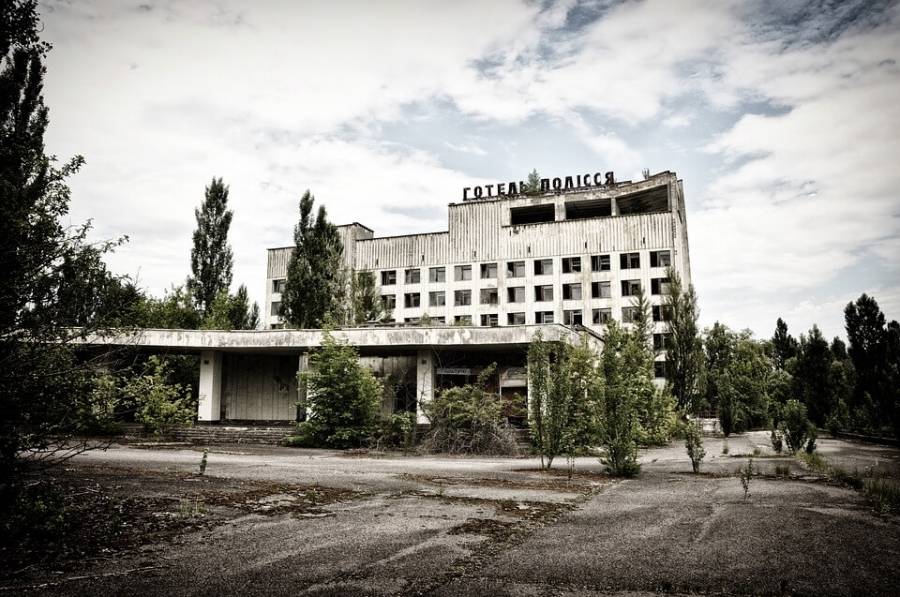
Many doctors in Eastern Europe advised pregnant women to abort their unborn children, suspecting possible damage due to radiation resulting in birth defects later on. Many of these were not properly informed hence remain skeptical, about the risks and possible complications that they may face in future because of their exposure to high radiation level in Chernobyl.
The Chernobyl town of the present is a ghost of its former self. Although reportedly 690 people still remain in the town, with most of the people, living 30 km from the disaster site in Chernobyl exclusion zone. Recent studies have shown that at a distance of 30 km from the site of the disaster at Chernobyl, the areas are mostly radiation free.
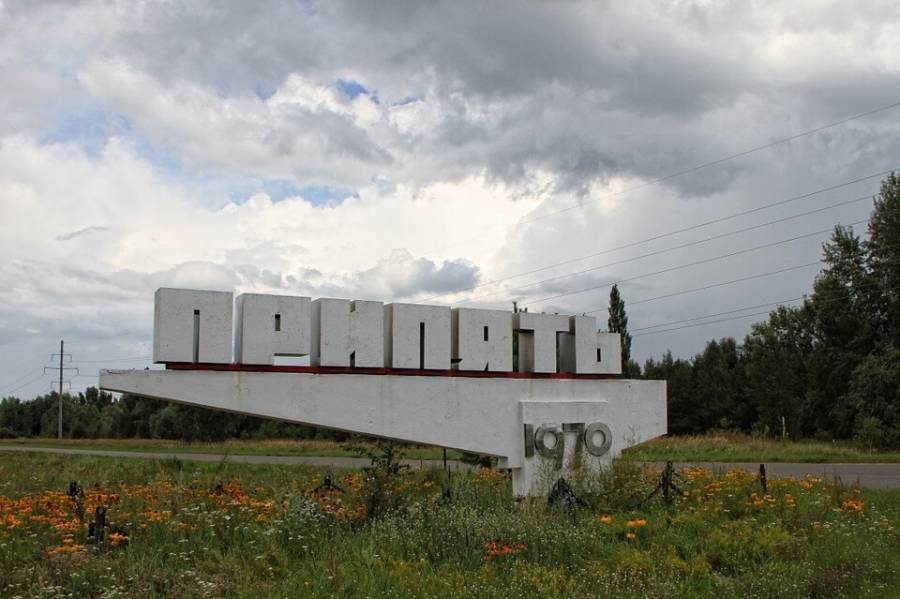
The closer areas (to the site of accident) are restricted to the public as the areas exposed to the largest amount of radiation would not be safe for 20,000 years for humans to live there. According to experts the people in the area are suffering more from psychological and economic problems rather than other more obvious factors like – health or the environmental situation.
In an event which defies rational explanation, the animals and vegetations surrounding the plant have learned to thrive even in such hostile situation, and in some cases have even benefitted from the radiation (like radiation using fungus). The massive buildings, all of which have been abandoned by the human populace, have found new inmates – wild animals of Chernobyl, who have come from the nearby forests, and the surrounding area has become one of the world’s greatest wildlife sanctuaries.
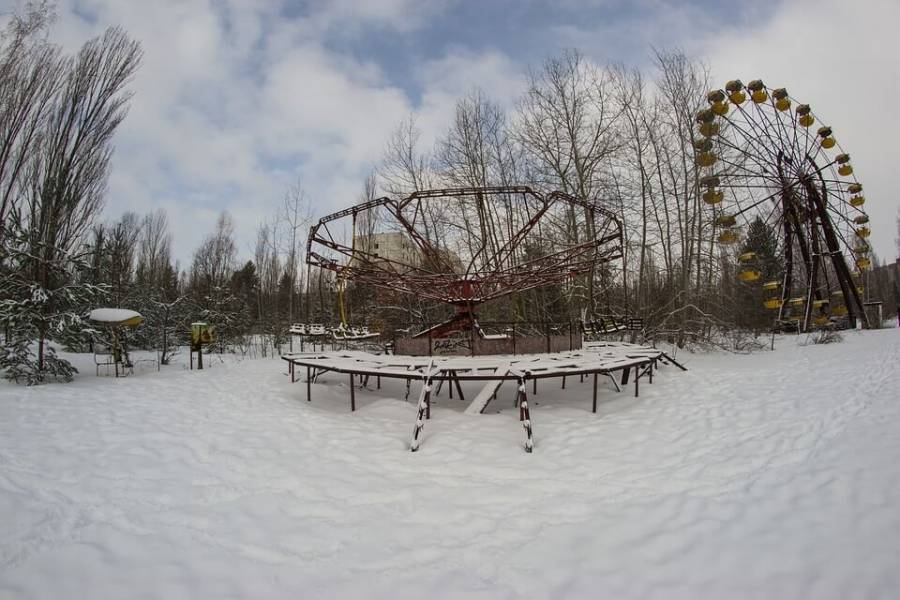
The lack of human presence has encouraged different varieties of Chernobyl animals, namely – wolves, foxes, deer, bears, boars, wild horses to make the ghost town their home. The most common sight would be of stray dogs, lurking in corners of the spooky town. It seems that the absence of human interference has encouraged Chernobyl animals to thrive very well on their own.
In 2011, the government of Ukraine opened up the previously barred area for tourists, who were curious to have more Chernobyl disaster information and wanted to see things for themselves. As the people of the town hurriedly left, they left many of their belongings behind. This spooky ghost town that is frozen in time and covered with vegetative overgrowth everywhere, attracts tourists from far and wide.
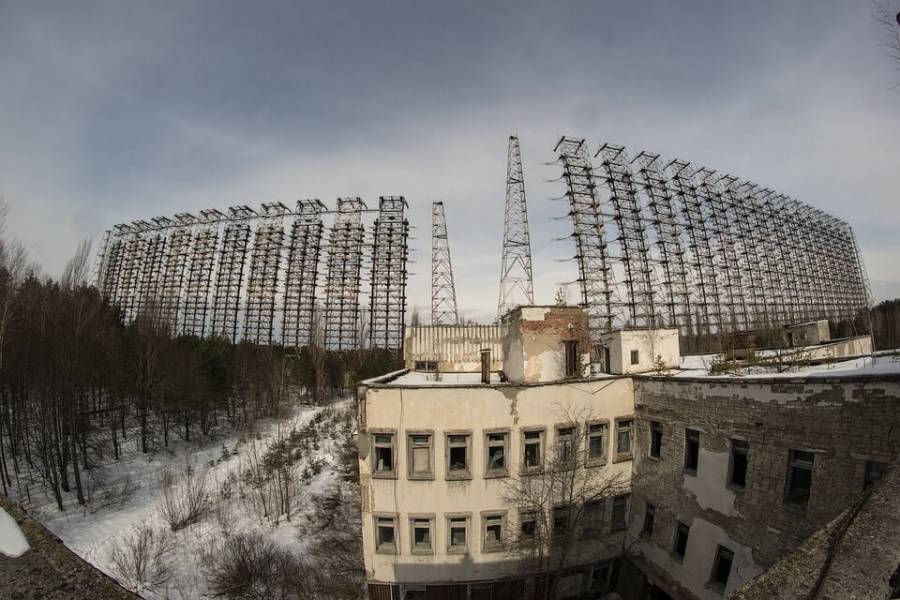
Guided tour to visiting tourists is offered, under strict supervision. Tourists are advised not to drink or eat during the tour, and not to touch things. The radiation levels are continuously checked and monitored by the guides, during this ‘field trip’. Many people are awestruck on experiencing the playgrounds of the children and the places where the grownups lived and worked. Viewing the hastily left items by people leaving the town can send a shiver down a person’s spine.
In spite of the presence and explosive increase of the animal population in the area, experts have predicted that the area would not be suitable for human habitation for another 20,000 years to come.
One of the most important questions that have been asked regarding the Chernobyl disaster facts is, if the whole event was as disastrous as it was first predicted? The answer is a bit controversial. Few negative impacts were downright visible. A day after the tragic disaster at Chernobyl, on 27th April 1986 the neighboring town of Pripyat was evacuated and is still not fit to live. The same goes for Chernobyl.
Many researchers believe that the fear of radiation in countries, not in the close immediate vicinity to the disaster site, was far more exaggerated than the actual possibility. In the year 2006, a total of 8 organization of the United Nations, including International Atomic Energy Agency & World Health Organisation, tried to assess the actual damage of the event. According to their report, the actual morbidity and mortality of Chernobyl Disaster are much less than what was anticipated immediately after the accident.
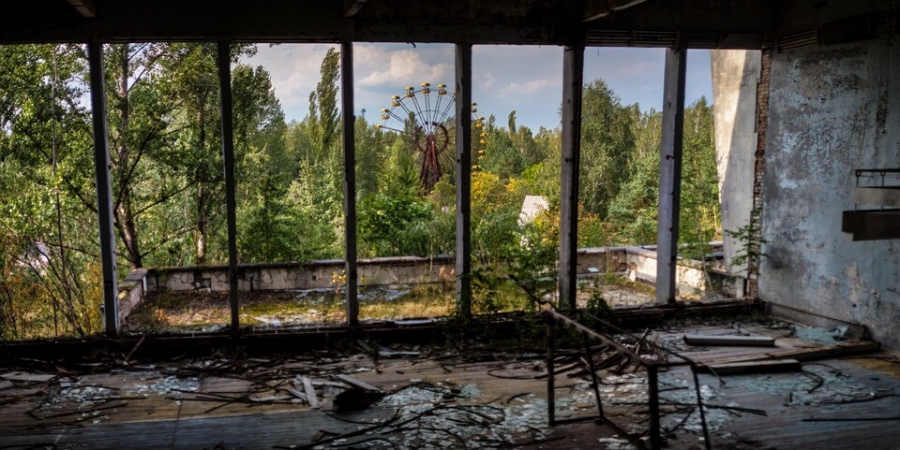
Many independent types of research along with government investigations, which followed over the years, have shed valuable insights so as to what went wrong on that fateful day? If there could have been any proper steps taken to avert the disaster in Chernobyl? One of the most obvious factors, that has emerged is that the reactor used in Chernobyl – the RBMK 1000 reactor is now well known to have a serious design flaw in the cooling system. Similarly, much other information regarding nuclear radiation side effects & steps to prevent them has emerged from this unfortunate accident. Hopefully, this would enable the human race to avoid such tragic incidence in the future.
In Chernobyl what happened was caused by faulty technology but it was the bravery and sacrifice of many true heroes, who did a very risky job without any fanfare or thinking about the personal reward, that saved many innocent lives. The worst nuclear disaster in history brought out the best in humanity. Mankind would always remain grateful to those unnamed heroes, whose unknown sacrifice ensured that millions of others would live on, without ever knowing their saviors.
(Disclaimer – The Chernobyl disaster occurred during the Soviet era, when most of the news emanating from the area, was under strict government regulations. Hence there are many conflicting reports, especially regarding Chernobyl victims or how many people died in Chernobyl? This article has been written according to the most reliable news reports coming from respectable media outlets. Reader’s discretion is advised.)